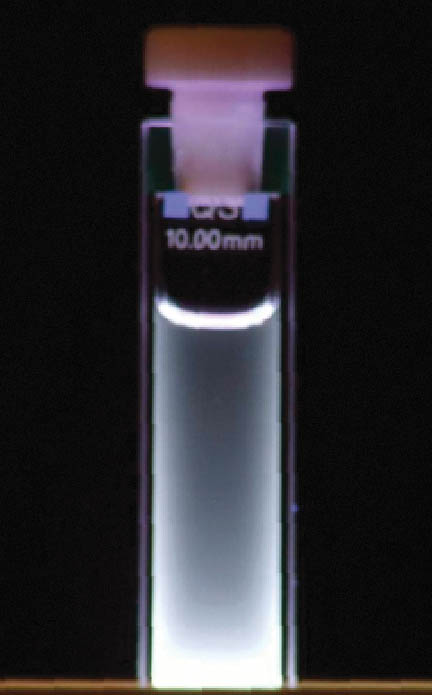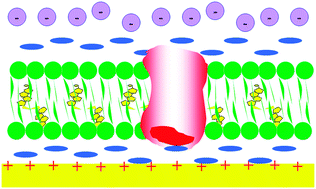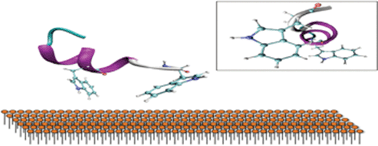
Using a combination of Circular Dichroism and Molecular Dynamics simulations, this paper investigates the folding of a very short fragment of a HIV peptide in different pH conditions. This fragment of the peptide (Membrane Proximal Region, MPR) is believed to be relevant to its biological function and this study aims to mimic conditions experienced during viral fusion.
This research brings us another step closer to understanding how HIV interacts with the body and hopes to help in the fight to combat the HIV virus.
Autonomous folding in the membrane proximal HIV peptide gp41659–671: pH tuneability at micelle interfaces
Craig R. Gregor, Eleonora Cerasoli, Paul R. Tulip, Maxim G. Ryadnov, Glenn J. Martyna and Jason Crain
Phys. Chem. Chem. Phys., 2011, DOI: 10.1039/C0CP01502D











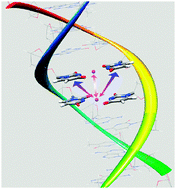 HOT Communication –
HOT Communication – 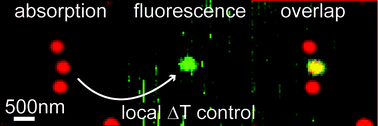
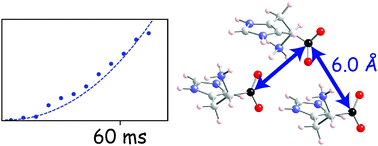
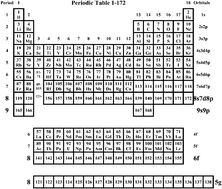 Pekka Pyykkö
Pekka Pyykkö 